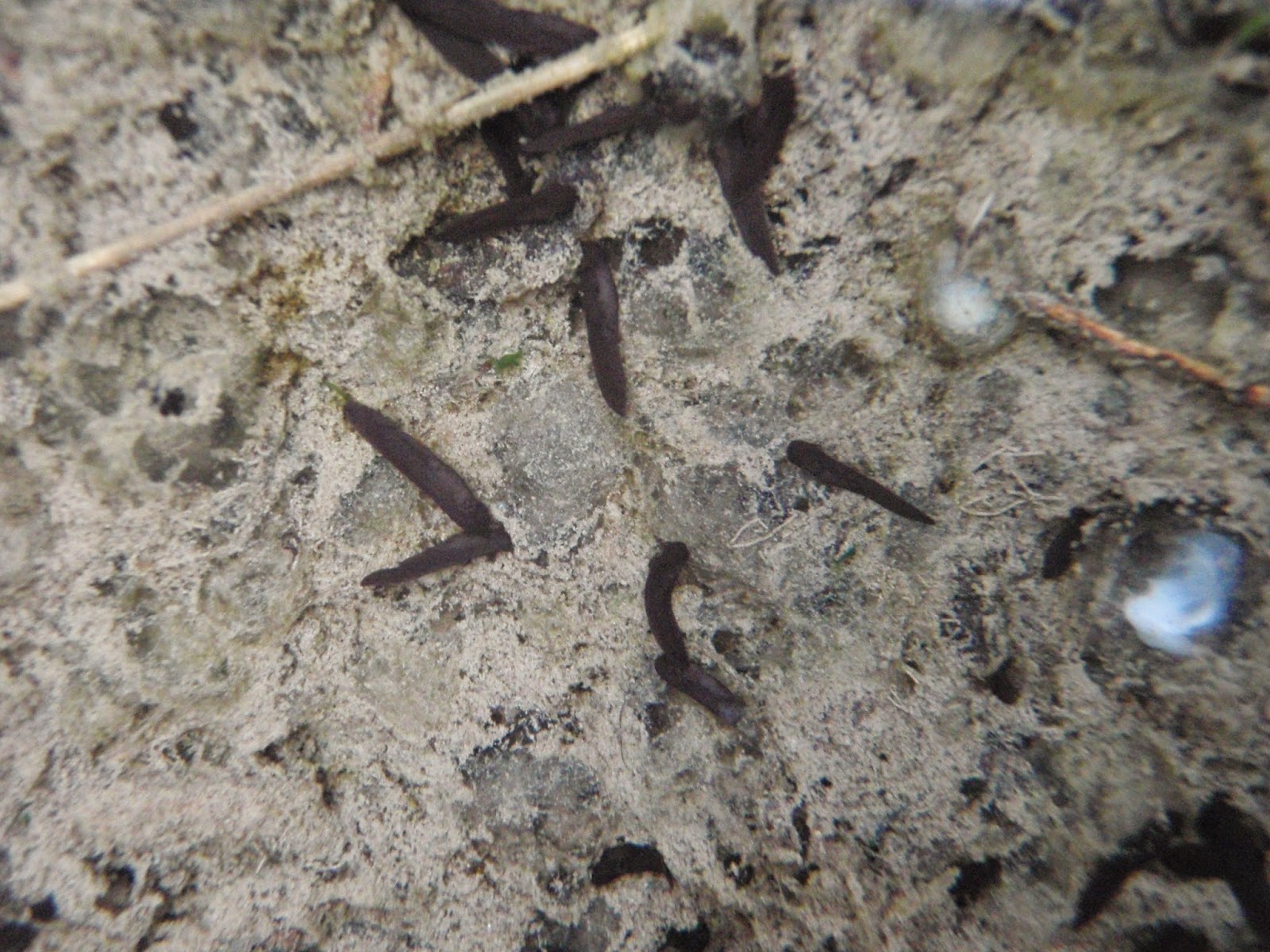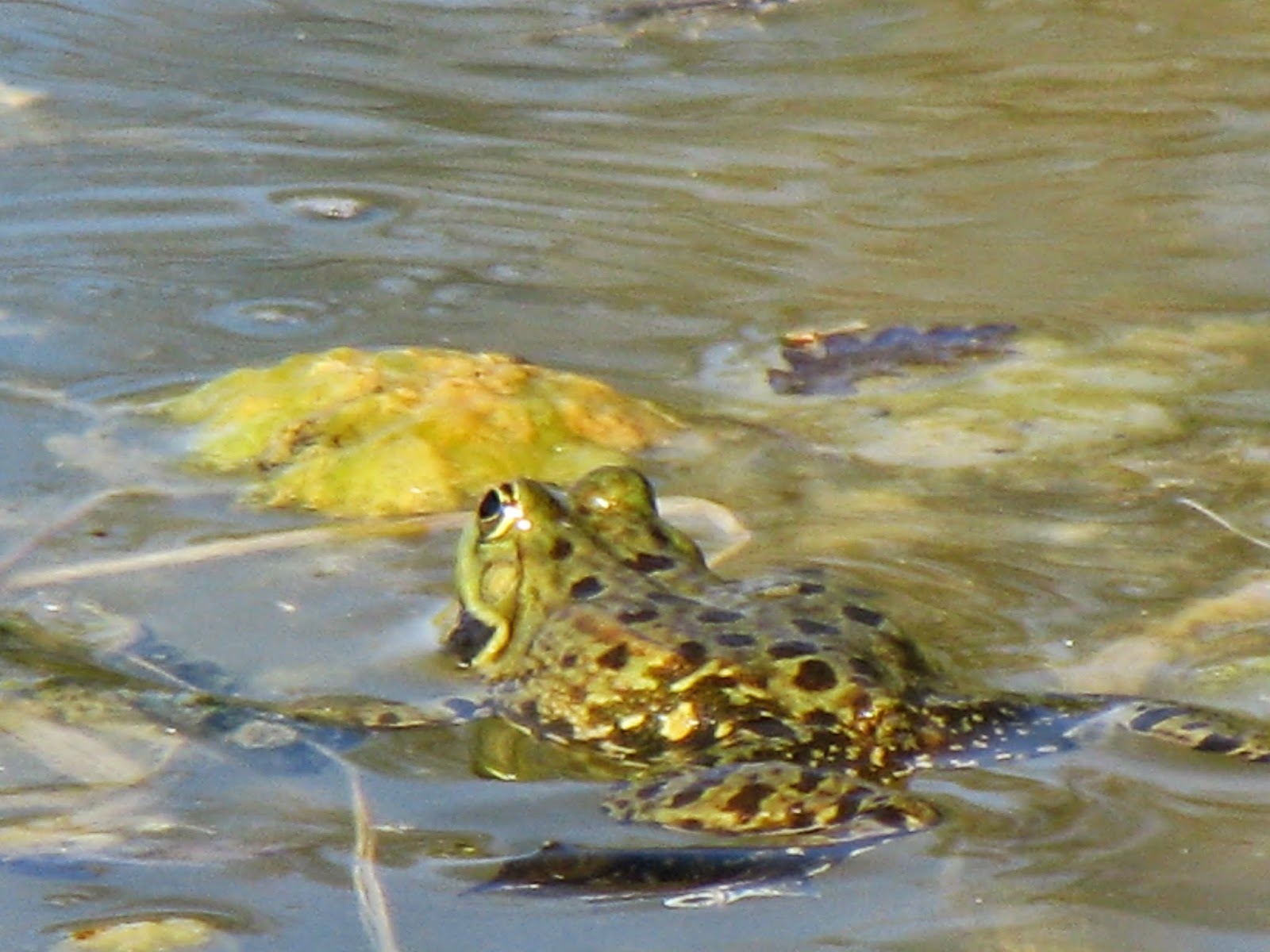A little surprise last night when I went out to the bin - Mr or Mrs Toad out and about wandering around. I have seen two toads at night in the past week - but still no toad spawn! This handsome chappie stood and looked at me for a while, didn't seem bothered at all and then wandered off in search of something more interesting!
 |
| Common Toad - Local Neighbourhood |
 |
| Side view of common toad |
 |
| Aerial view above common toad |













































